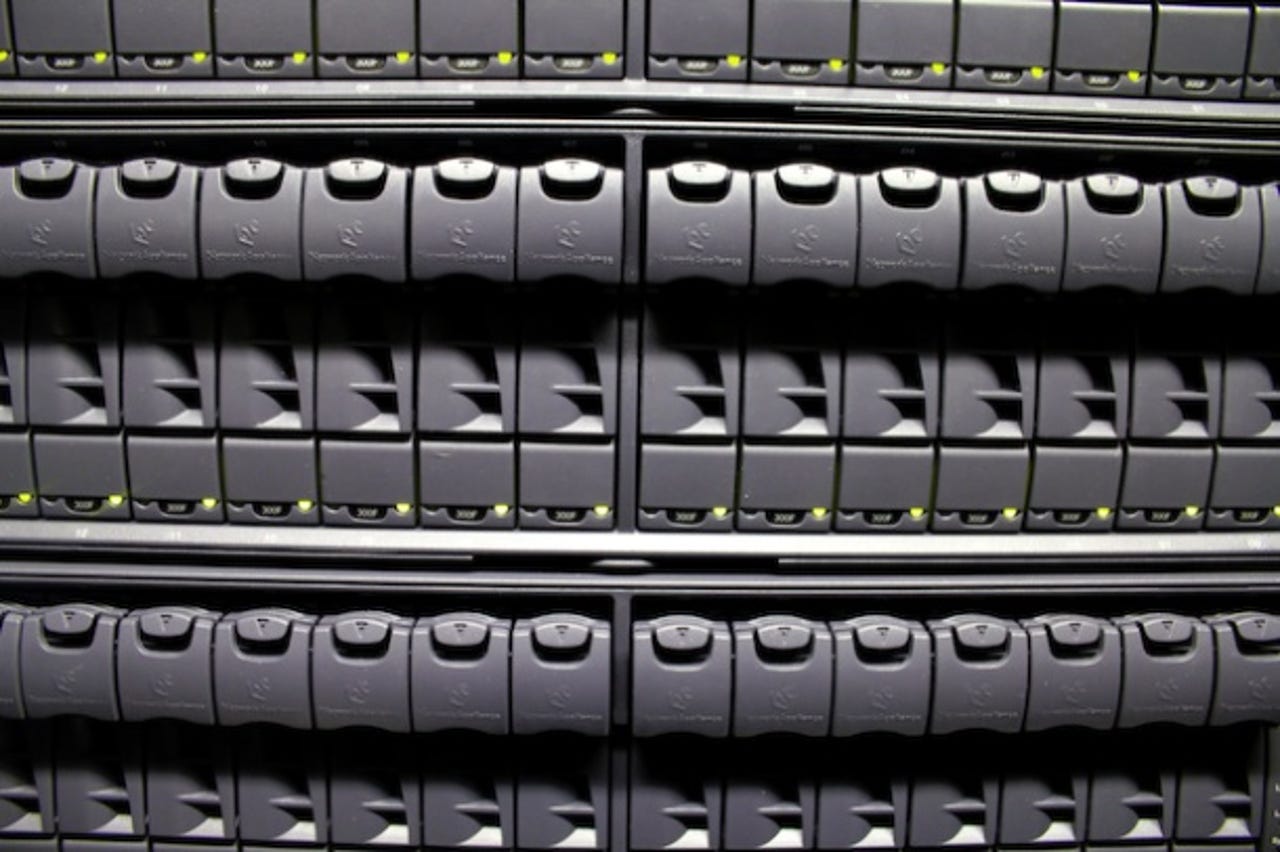Inside Global Switch's Sydney datacentre


ZDNet UK's sister site ZDNet Australia was invited inside Global Switch's datacentre facility based in Ultimo, Sydney, for a tour of the Harbour MSP suite, which houses Steam Engine's high-performance computing gear.
Steam Engine runs a cloud-based, high-powered computing environment that has been used for resource-intensive data analysis from the Large Hadron Collider in Geneva to rendering facilities for Australian special effects gurus Rising Sun Pictures.
Each of these hard disks stores 30TB-worth of data ranging from scientific analyses to files for films. These are four-year-old legacy drives and plans are in place to modernise the storage array.
Pictured here are three storage racks side by side. On the left are the legacy 30TB disks and on the right are blue Hitachi arrays that can store 100TB each.
Pictured is a NetApp controller for the legacy hard disks.
Here are HP computational server nodes.
This particular customer has brought in their own terabyte hard disk with some basic material to get the ball rolling on their project, avoiding having to bus it down via a network connection.
Each rack is tightly secured.
Networking facilities are run around the datacentre suite via overhead runners and cold air is forced under a two-foot raised floor.
This is the business end of a front-end server.
The area at the back of the racks is cooled by a variety of air-based methods. No liquid cooling method is employed by Steam Engine.
Steam Engine's customers can install their various operating environments on these front-end servers to interface with the high-powered computing environment.
Mike Smith is the project manager for Steam Engine and showed us around the rack space.
The HP server nodes are cooled using forced air pushed from the front of the unit.
The entire Harbour MSP suite is hooked up to an Inergen fire suppression system to stave off disaster.